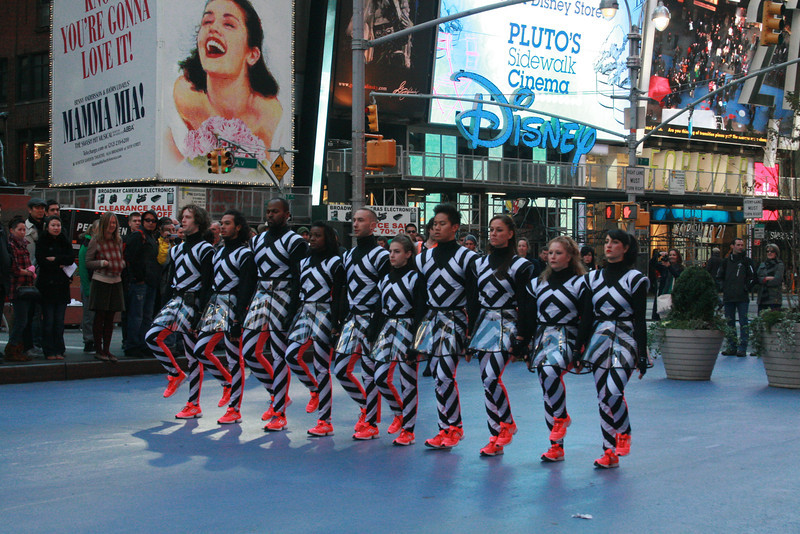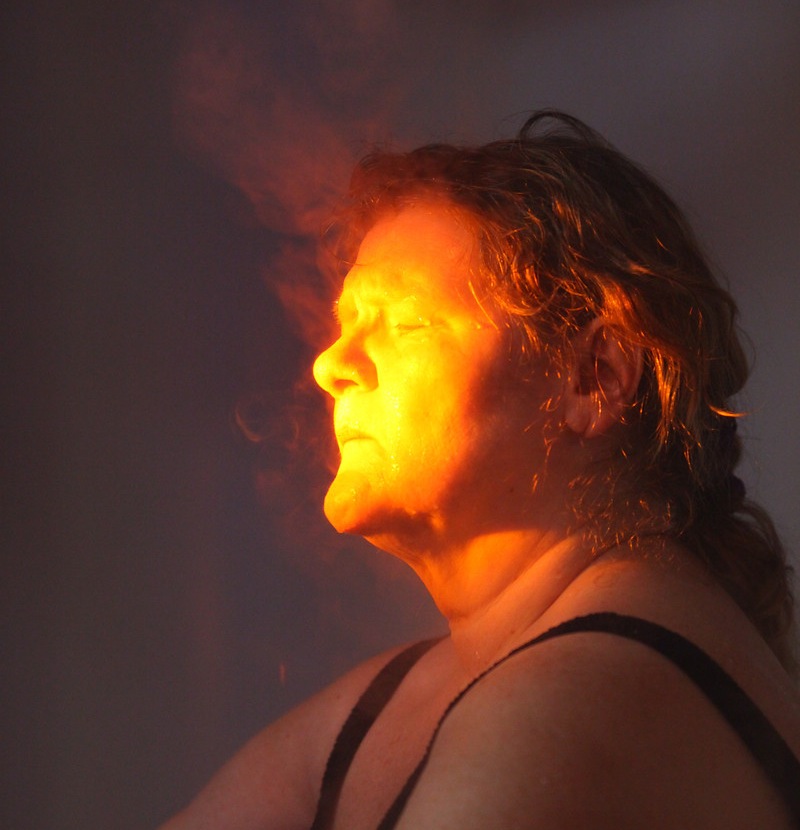
Performa 11 in NYC

Now in its fourth edition, the biennial dedicated specifically to visual art performance was established in 2005 by art historian and impresario RoseLee Goldberg who took it upon herself to put performance on the art world map and succeeded admirably in this task, assisted by a bevy of talented young curators. A ‘gift to New York’, in the words of art critic Jerry Saltz, Performa takes over some of the most exciting venues, large and small, in a city that has no shortage of them. Three weeks into Performa 11, what’s the state of play? Which of the performances stood out and which were rather underwhelming?
The biennial kicked off – somewhat disappointingly – with Elmgreen & Dragset’s insubstantial play Happy Days in the Art World, a cross between Beckett and Sarah Thornton’s Seven Days in the Art World, followed by a live retrospective of six of their works, involving in time-honored performance art fashion copious amounts of nudity, at the opening night benefit. More convincing as a ‘theatrical performance’ (as opposed to simply a play) than Happy Days in the Art World, with which it has in common the autobiographical and homosexual subtext as well as the art-themed comedy, Simon Fujiwara’s The Boy Who Cried Wolf constantly shifts parameters, throws the viewers off balance, and skillfully blurs the boundaries between illusion and reality.
Two highly anticipated multimedia events, Shirin Neshat’s chilling recreation of a trial in OverRuled, based on the artist’s existing film The Last Word (2003), and Ming Wong’s Persona Performa, an homage to Bergman’s 1966 masterpiece starring Bibi Andersson and Liv Ullmann, are among this biennial’s best and worst offerings so far. In her second live work to date, Neshat made the fraught atmosphere of a theocratic courtroom palpable for the audience by physically involving it in the trial proceedings and, in the process, breaking the neat divide between the work of art and its audience. Though it starts from an arresting premise – twenty-four amateur multi-ethnic actors, dressed alike, stepping forth in rapid succession like frames in a moving picture – the interest of Wong’s production soon flags; the end result was a series of increasingly irritating gimmicks that didn’t even begin to convey the psychological drama of the original.
Another Performa commission (in the hierarchical three-tier funding structure, ‘commissions’ are at the top followed, in descending order, by ‘premieres’ and ‘projects’) mixing video installation and kinetic sculpture in a collaborative effort between New York-based artists Mika Rottenberg and Jon Kessler, Seven shows the biennial at its quirkiest: a ‘Chakra Juicer’ in a Chelsea gallery (refashioned as a lab-cum-gym for the occasion) harvests sweat from seven performers of all ilk, who lend their bodies to this mysterious and ultimately useless ritual, only to fuel a spectacular, Disney-like display on the African savannah, projected on video in 37-minute cycles.
Performance or live art needn’t be this complicated to be effective. By and large, the Performa biennial tends to showcase the work of young artists, in its bid to encourage ‘new directions in performance art’. Perhaps it takes some of its veteran practitioners, like Alison Knowles whose Beans All Day was presented at the diminutive Forever & Today, Inc. gallery as part of the Fluxus weekend (to mark the 50th anniversary of Fluxus), to remind us that in performance art quiet, simple gestures can be the most poignant.
Performa 11
November 1-21
New York City
http://11.performa-arts.org/
Agnieszka Gratza


